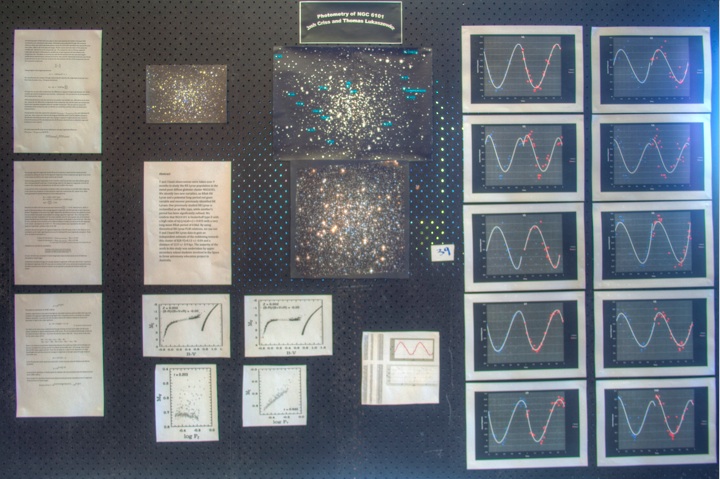Project Outputs
"Space to Grow brings together teachers, kids and astronomers and puts professional telescopes and tools into the kids’ hands", program Director, Professor Quentin Parker. The outputs of participants, including publications in peer-reviewed literature are presented here. Videos produced for the project can be viewed on our Training and Support page.
|
Team Presentations and posters |
Publications and awards
2012
Students’ perceptions of high school science: What has changed over the last decade? Research in Science Education (RISE)
Space to Grow: LCOGT.net and Improving Science engagement in schools Astronomy Education Review (AER)
Open Star Clusters Video entry by Year 12 Student, Lauren Inwood, Highly Commended by the 'Sleek Geeks' - Australian Museum's Eureka competition
2011
RR Lyrae Stars in the Globular Cluster NGC6101 Publications of the Astronomical Society of Australia (PASA)
|
|
Two Year 12 Oakhill College students involved in Space to Grow researched V-band and I-band data taken over 9 months on the Faulkes Telescopes. The research aim was to gain an independent estimate of the reddening towards the NGC6101 cluster to study the RR Lyrae population and derive a distance to the cluster. The paper is co-authored by Space to Grow team members and their teacher. One new variable star was identified as either a potential long-period red giant variable or eclipsing binary, as well as recovering all previously identified RR Lyraes and reclassifying one previously-studied RR Lyrae as an RRc type. |
Using 'smartphone' camera technology to explore Stellar Parallax: Method, Results and Reactions AER
A classroom experiment is used to demonstrate and scientifically and accurately measure a complete conceptual representation of stellar parallax, to assist in understanding the term parsec (used as the fundamental measure of distance in astronomy). Authored by Space to Grow team members and one teacher.
2010
K 1-6: an asymmetric planetary nebula with a binary central star PASA
 |
10 Sydney Girls High School students co-authored a scientific paper with Space to Grow team members and their teacher. First author, Dr David Frew, Macquarie University Research Fellow advised: "Our starting point was a faint smudge on two old photographic plates. We thought this object, K1-6, might be a ‘planetary nebula’ - a star coming to the end of its life that's shedding gas into space around it. Our research was aimed at confirming that." Faulkes Telescope North was used to study the ghostly cloud of gas. Other links: scientific paper, The Sydney Morning Herald, Macquarie University and LCOGT.net.
|
Accessing your own Research Data
To access your requested raw image data for your own research, contact us for the password.
Images
Through Colour imaging, students learn software skills required for the more in-depth science projects. Click the images taken on the Faulkes Telescopes below for a close-up view, colourised by students and teachers and note the different colours in the same astronomical objects.
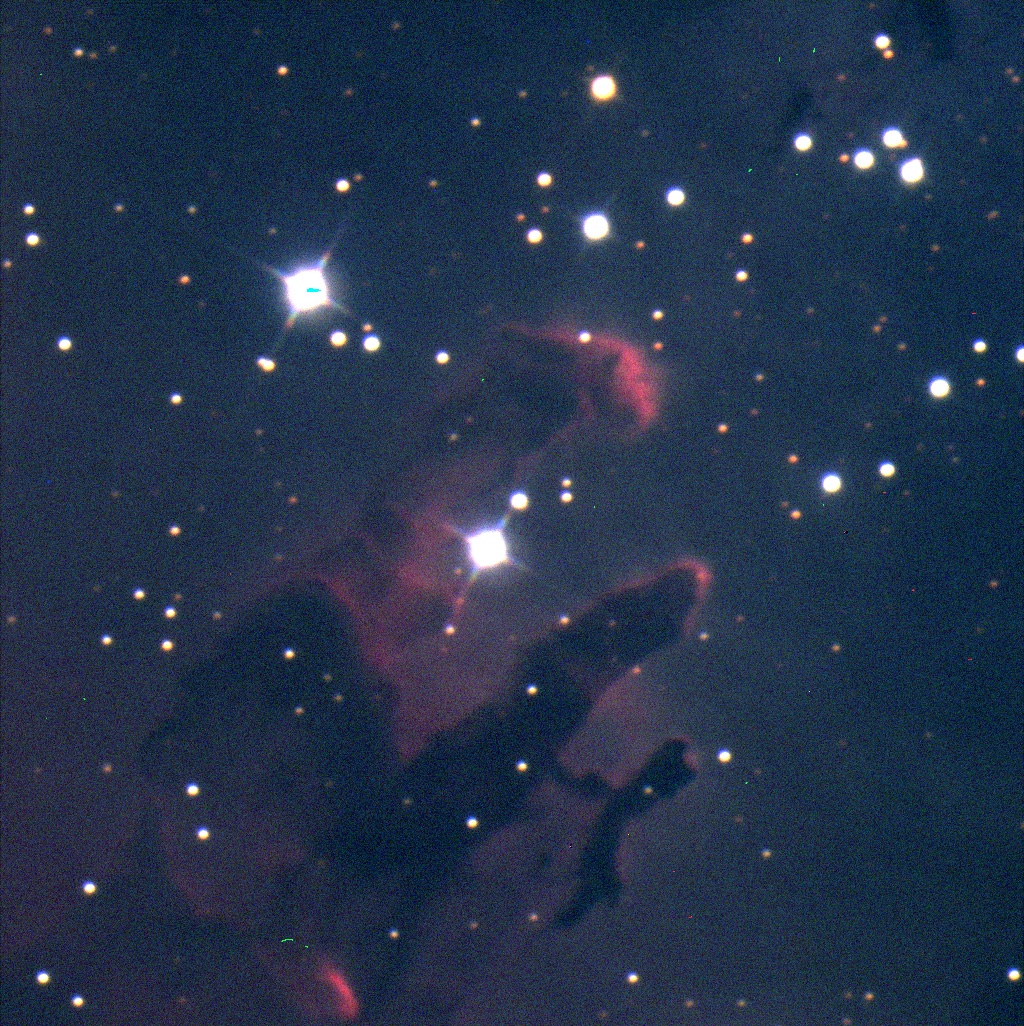 |
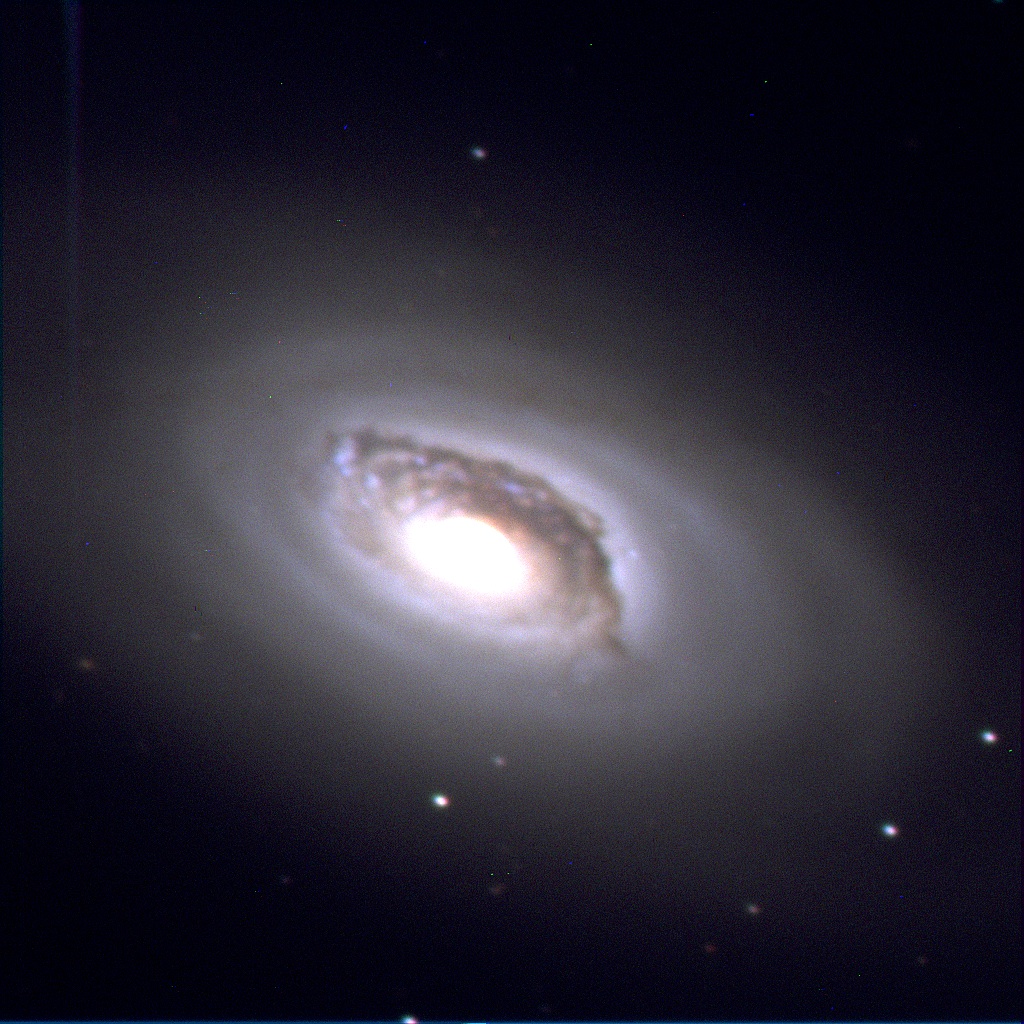 |
 |
 |
 |
 |
 |
 |
 |
 |
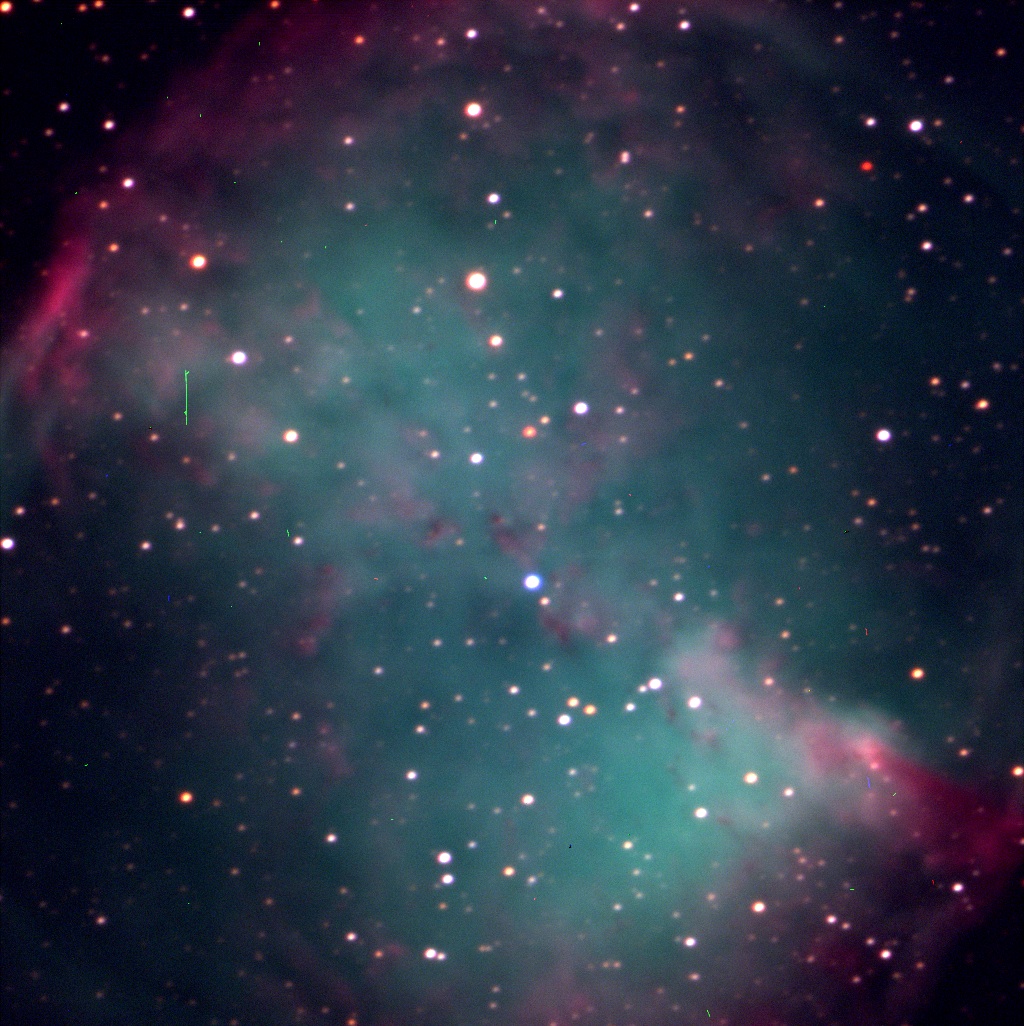 |
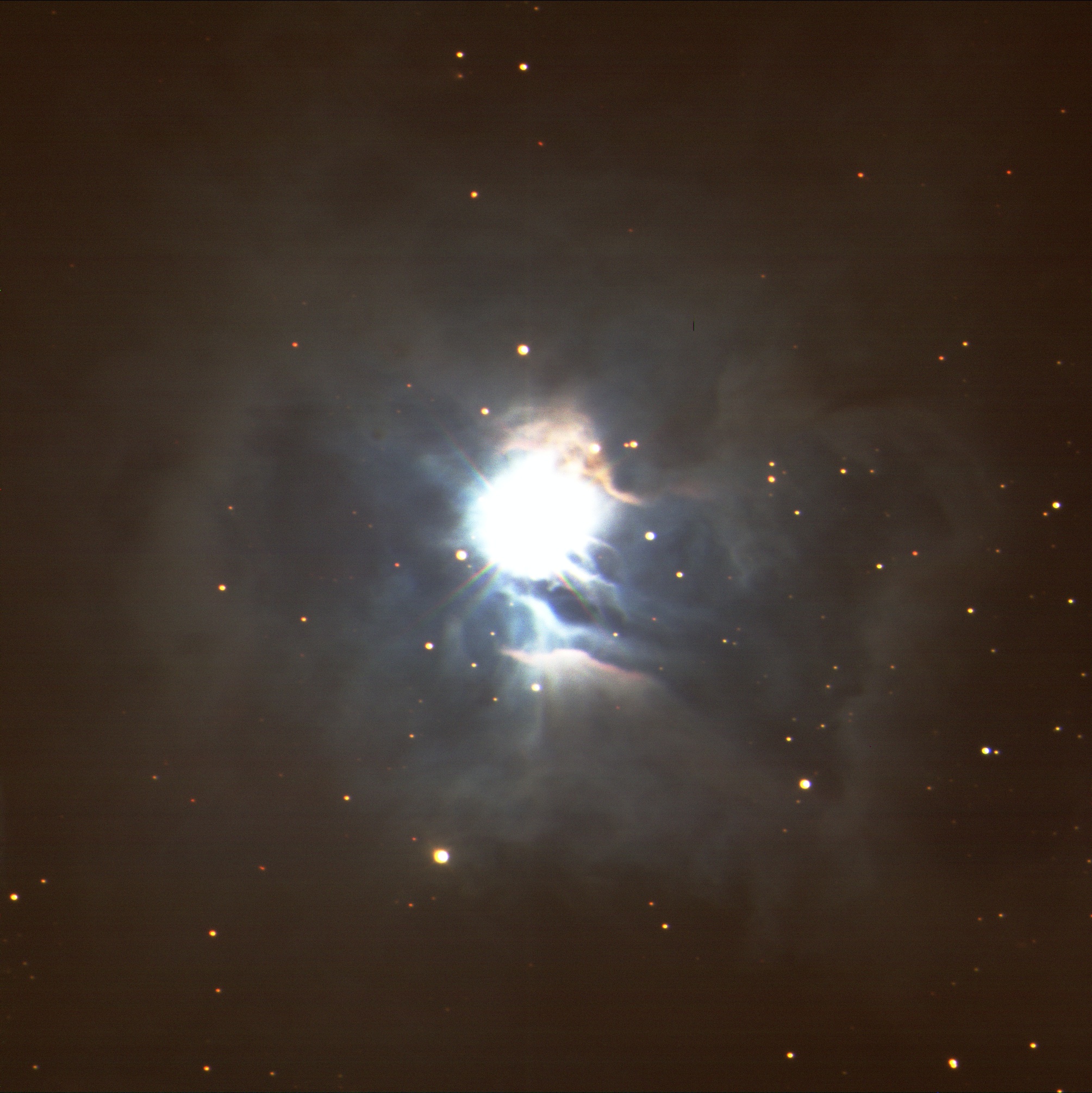 |
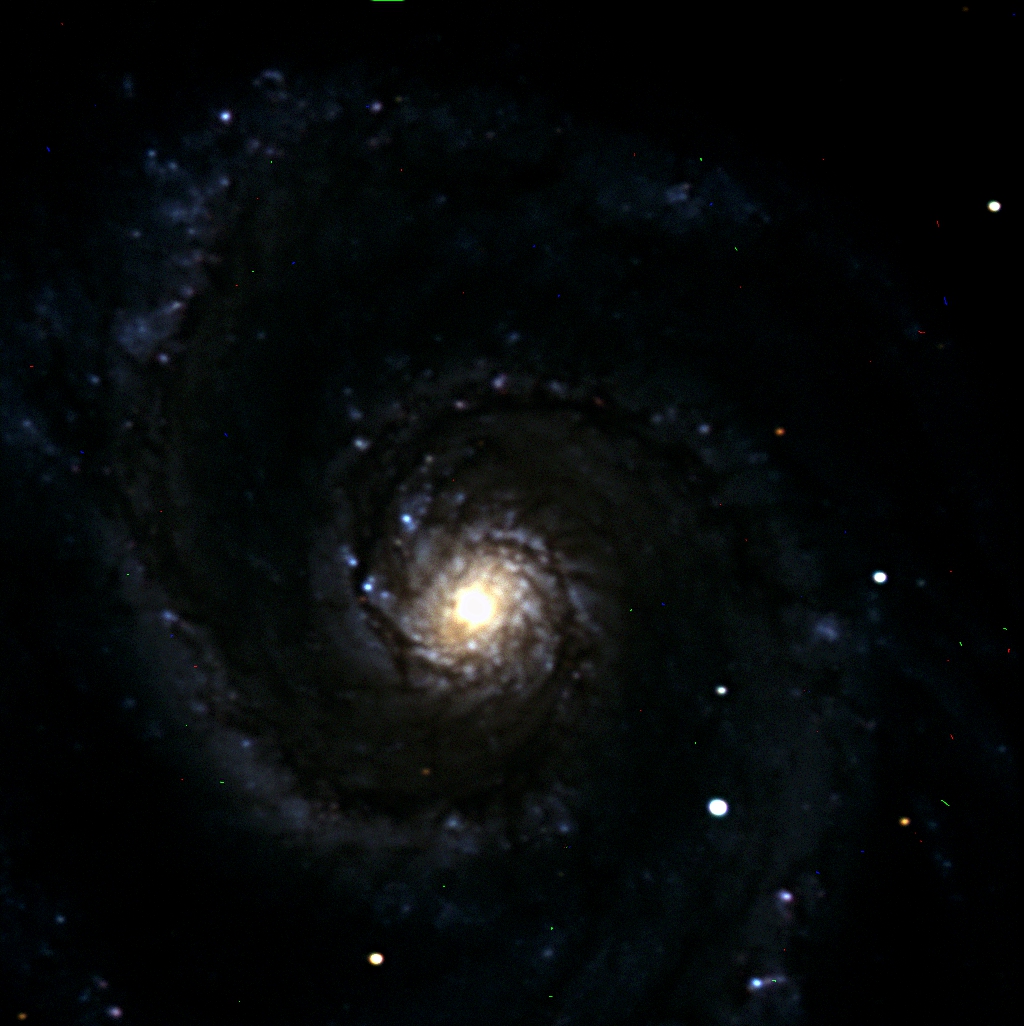 |
 |
 |
 |
 |
 |
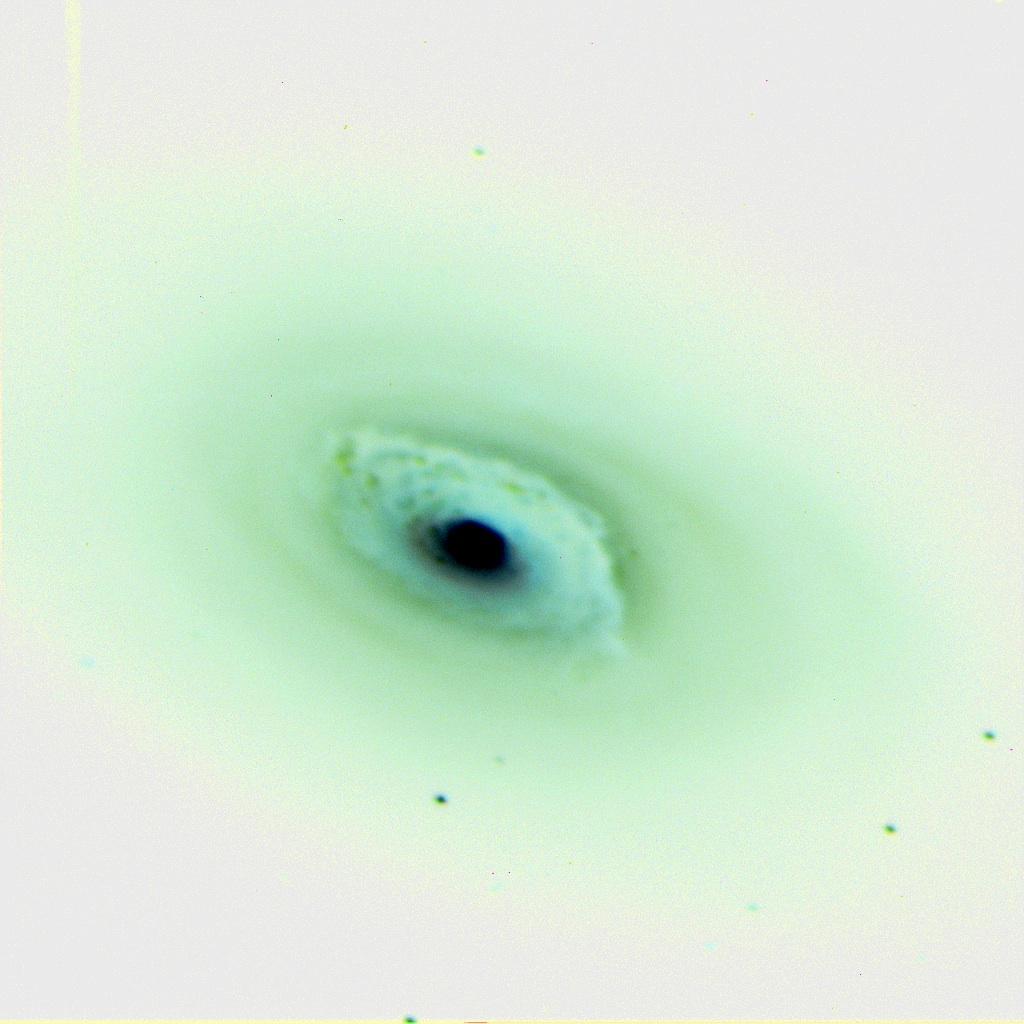 |
 |
 |
 |
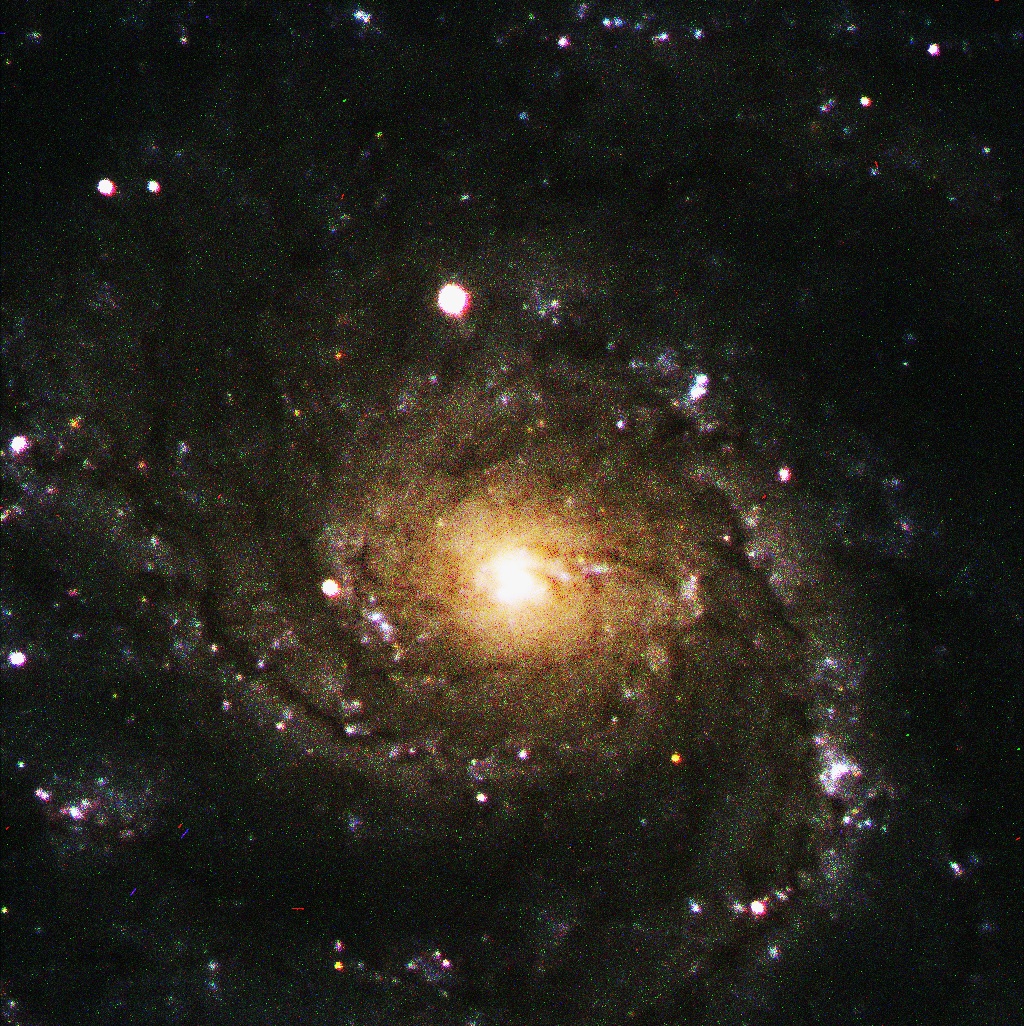 |
 |
 |
 |
 |
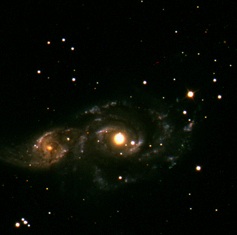 |
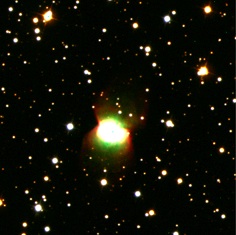 |
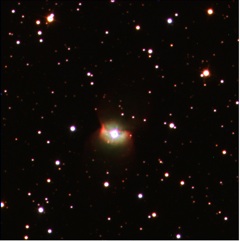 |
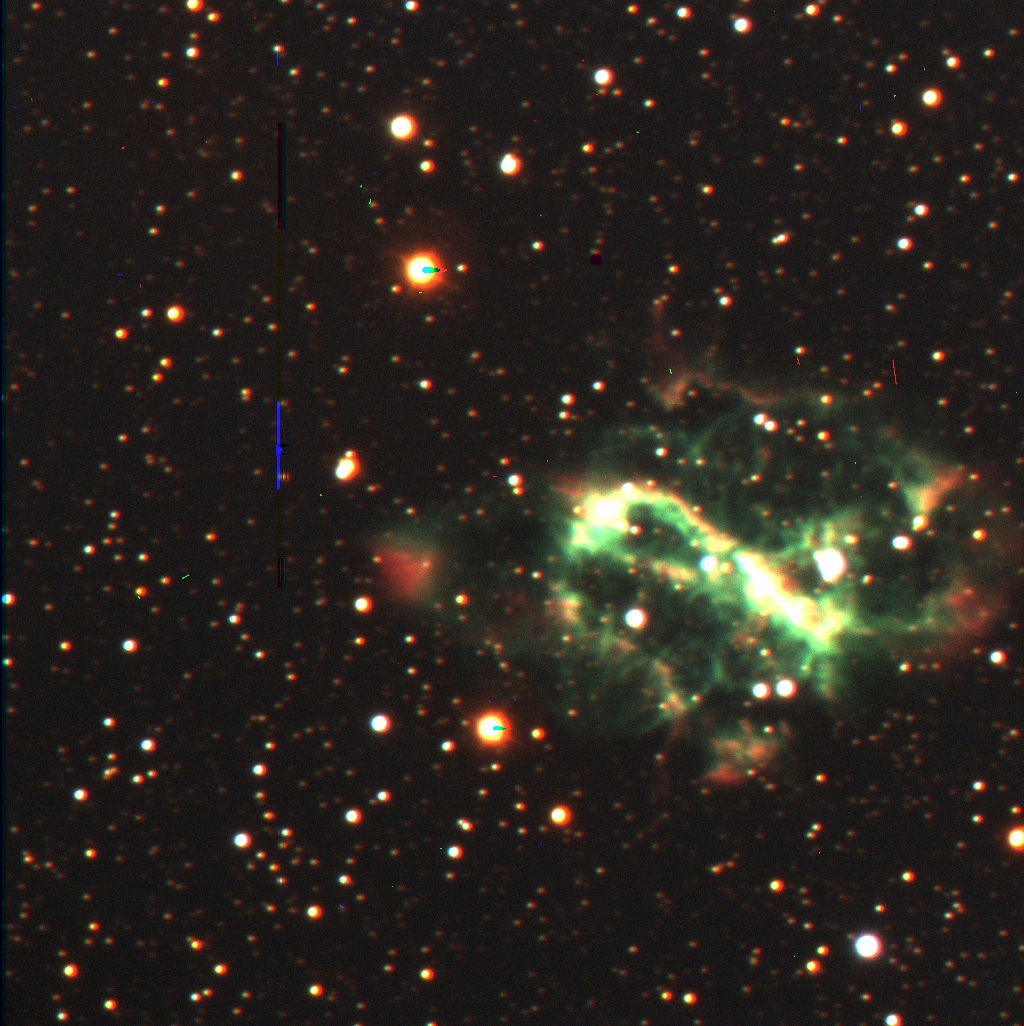 |
The combined DET Western/CEO Bathurst region training attendees worked through Discovering the Faulkes Telescopes and Colour Imaging. Despite 'quick immersion', the colour imaging module produced colourful results with Gimp and Photoshop software on 25th July 2011 (DETW/CEOB in-house Training rows) and subsequently (DETW/CEOB Video Conference Training rows).
CEO Parramatta 'Clusters' training attendees researched targets in groups and colour imaged targets from available data on 27th May 2011. Prof. Quentin Parker judged the images and gave an overview of what could be discovered from the colouring. (CEOP Cluster Rows).
Image colouring credits by rows from top down, and L-R above:
DETW/CEOB VideoConferencing Training Row1 - M16, M64 - Anne Marceau, M97, M51- Rochelle Mutton and Cassie Pearce
DETW/CEOB VideoConferencing Training Row 2 - M16, NGC2175, NGC6781 - Colin McKay, NGC3372 - Greg Michell
DETW/CEOB in-house Training Row 1 - M13, M20 - John Massang, M27 - Judith Bertolin, M51/NGC5194, NGC7023 - Greg Michell
DETW/CEOB in-house Training Row 2 - M101/NGC5457, M20, NGC5195/M51b - Phil Owen, Stephan's Quintet of Galaxies - Trent Critchley, M51/NGC5194 - Colin McKay
CEOP Cluster Row 1 - M64 / NGC4826, M64 (colour variation), M64 (contour variation) - Dianne Carr, M61/NGC4303, NGC6946 - Clare Healy
CEOP Cluster Row 2 - M101, NGC2175, NGC3372, Stephan's Quintet of Galaxies, NGC6781 - Anthony Prasad
CEOP Cluster Row 3 - NGC2207 and IC2163, NGC2346, NGC2346 (colour variation) - Sandra Woodward, NGC5189
Conference Presentations and posters by team members
2011
ASERA, Adelaide 29 June-2 July - David McKinnon, Lena Danaia and Michael Fitzgerald gave talks on Pedagogy, Student results and Teacher Professional Learning Abstract.
Astronomical Society of Australia meeting Adelaide 4-8 July posters exhibited by Michael Fitzgerald for the Space to Grow project.
CONASTA, Darwin High School, 10-13 July Rob Hollow, Science Education Officer with CSIRO made a presentation.
Macquarie University's Astronomy, Astrophysics and Astrophotonics Centre official launch in April. Centre Director and Chief Investigator of 'Space to Grow', Professor Quentin Parker, welcomed invited guests including Paul Stenning from CEO Parramatta, where a Space to Grow poster was displayed.
2010
ASERA, Port Stephens, 30 June-4 July David McKinnon, Lena Danaia and Michael Fitzgerald gave an overall introduction to the Space to Grow project, early data results and directions for future Professional Development Abstract.
CONASTA, University of Technology, Sydney 4-7 July A 3 x 3 metre Space to Grow PowerPoint wall display was in the main foyer. Rob Hollow ran two workshops in his role as Science Education Officer with CSIRO.
Astronomical Society of Australia meeting, Hobart 5-8 July Michael Fitzgerald displayed a Space to Grow poster.
2009
New South Wales Department of Education and Training, 25th August Dr David Frew spoke at the Tall Poppy Campaign Astronomy Spectacular Video conference.
